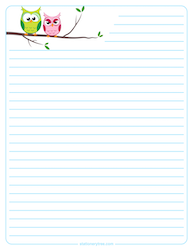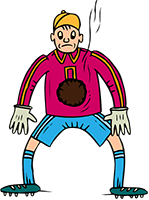

Common Words4th Grade |
|
|---|---|
Texas Essential Knowledge and Skills (TEKS): 4.2.B |
|
demonstrate and apply spelling knowledge by:
|
|
Texas Essential Knowledge and Skills (TEKS): 4.11.D |
|
edit drafts using standard English conventions, including:
|
|
Georgia Math and ELA Standards: 4.F.P.4.b |
|
Decode and encode single-syllable and multisyllabic words of all syllable types. |
|
|
|
|
 4th Grade Writing - Common Words Lesson
4th Grade Writing - Common Words Lesson





